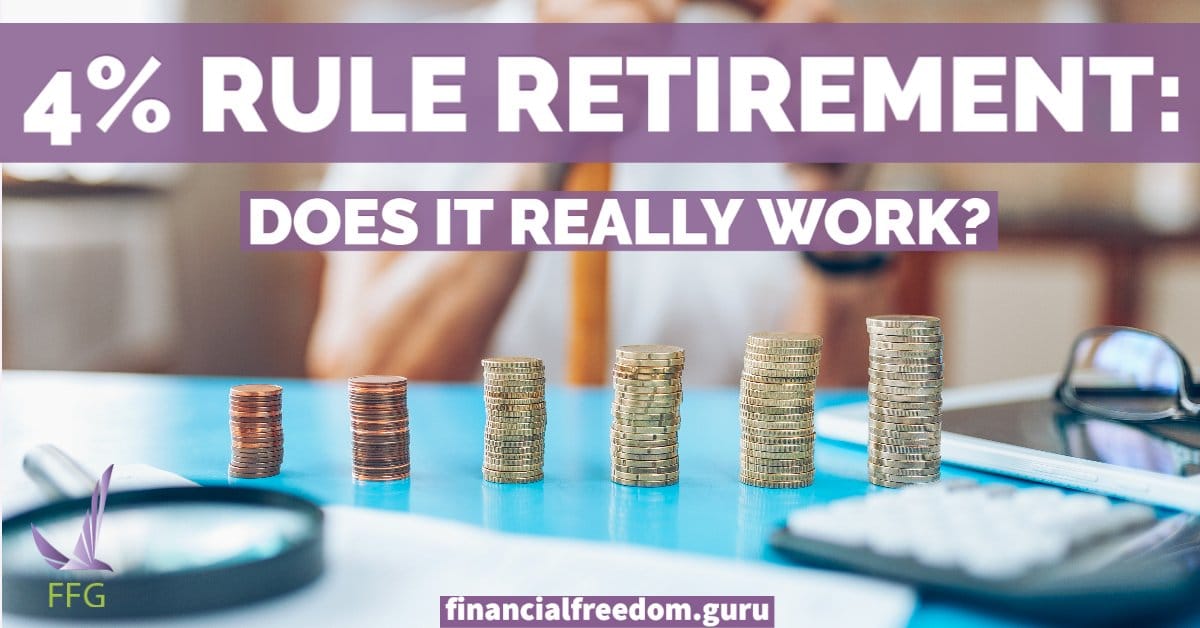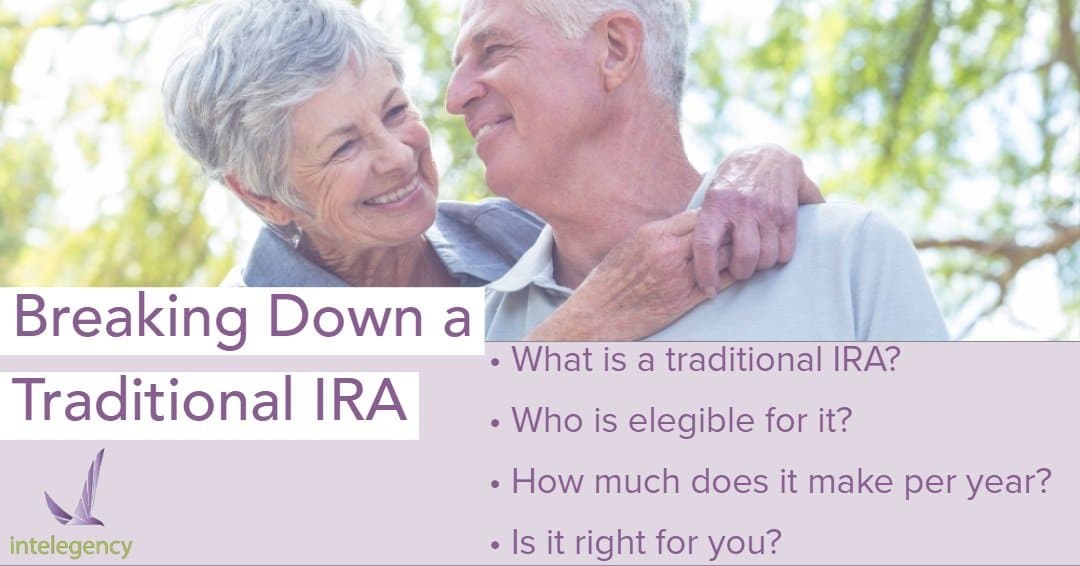What Is a 401k Plan and How Does It Work?
A new job offer may include a 401(k) retirement plan as part of your benefits package. Perhaps everyone you know has a 401k. What is a 401k plan and how does it work? Do you actually know the answers?
Table of Contents
What Is a 401(k) Retirement Plan?
A 401(k) is a retirement savings plan offered by your employer. It is important to note that 401(k) is not an investment by itself. It is a type of account. You still need to figure out your investment options.
Contributions are made to your 401(k) retirement plan via automatic withholdings in your paycheck. Your employer may choose to match part or all of your contributions. It’s a tax-deferred savings account because your earnings are not taxed until you withdraw them. For most people, this occurs in retirement.
Some people are automatically enrolled in a 401(k) at a 3% salary contribution when they start a new job. For others, this may occur after their probationary period is over. Each plan has different terms and conditions, and it’s to your benefit to investigate and see what they are.
What Are Your 401(k) Investment Options?
Most 401(k) plans usually offer several investment options for employees to choose from. The investments are managed by a financial services advisory company, like Fidelity Investments or The Vanguard Group.
Contributing to Your 401(k)
A 401(k) is a type of defined-contribution plan. The employer and employee are allowed to contribute to the account until a limit (pre-set by the IRS) is met. An employer can match none, part, or all of the employee’s contributions. How much money is in the account is determined by the contributions and the performance of the plan’s funds. The employee takes full control of the entire account balance upon retirement.
Contribution limits for 2019 are as follows:
- An employee can contribute up to $19,000; employees over 50 can contribute an additional $1,000.
- The maximum combined amount that an employer and employee can supply is $56,000. If the employee is 50 or older, the limit rises to $62,000.
What Is 401(k) Matching?
Some employers supply a portion of funds to your 401(k) retirement account. This portion is usually a calculated percentage of what you provide for the year. This is called 401(k) matching.
Making Withdrawals from Your 401(k) Plan
Employees are not allowed to withdraw money from the account until age 59 1/2. They may face a 10% penalty plus income tax against what was taken. After age 59 1/2 you can withdraw money without the penalty, meaning you’ll pay ordinary income tax only. At age 72, you’ll be required to start taking a minimum distribution or else you will be subject to tax consequences.
Tax Benefits of a 401k
The contributions made to a 401(k) plan are tax-deferred. Your employer takes the contribution out of your salary before applying income taxes to the rest of it. You won’t pay taxes on the money that you put into the account today. Instead, you’ll pay income taxes when the distributions are made in retirement.
Let’s look at a simplified example:
John makes $60,000 this year and decides to put 10% of his salary ($6,000) into his 401k.
He will pay taxes on the remaining $54,000. (This is not counting other deductions, like the standard deduction). John invests in a number of securities, mutual funds, and ETFs through his 401k. His account will grow tax-deferred, so he won’t pay any taxes today on his earnings from the 401k. At age 65, John chooses to begin withdrawing from his 401k. Now (age 65), he will pay a tax rate tied to his current tax bracket. Choosing a 401k allowed John to defer his taxes and reinvest his money, letting his account grow faster.
Roth 401(k) vs. Traditional 401(k)
There is a hybrid of the 401(k) and Roth IRA accounts: the Roth 401(k). It blends the best features of both types of accounts. With a Roth 401(k), you pay taxes up front and not when taking distributions at retirement. The money is taken from your paycheck, taxed and supplied to the 401(k) account.
Here’s another example:
Let’s say Jane also earns $60,000, and like John, she places 10% of her salary in her Roth 401k account.
When she files her taxes, they’ll be assessed against the full $60,000 and paid from income withheld from her paycheck. Her investments grow tax-free, as opposed to John’s investments that grow tax-deferred. At age 65, Sally can withdraw money without paying taxes on any money taken from the account. This includes any capital gains or dividends she would have collected over the years.
Roth 401(k) plans are not common, and many employers tend to offer traditional versions only. If your employer does not offer one, check if you’re eligible for a Roth IRA. You can receive similar tax advantages, even if you can’t contribute as much per year in the IRA.
Comparing 401(k)s vs. IRAs
What’s the difference between an IRA and a 401(k) retirement plan?
- The key differentiation is that the 401(k) plan is sponsored by your employer, while the IRA is not. As a result, neither traditional nor Roth IRAs have employer matching like you would find on a 401(k) plan. On the other hand, IRAs offer a greater selection of investment choices than a 401(k) plan would provide.
- With both plans, you can begin taking distributions at age 59 1/2. A Roth IRA has the additional benefit that lets you withdraw the contributions at any time without paying a penalty. Earnings are still taxed. 401(k) account holders get no relief from penalties for early withdrawals.
- Traditional IRAs and 401(k) accounts are supplied with pre-tax income, which can lower your taxable income today. Distributions on the 401(k) and traditional IRA will be taxed at regular income tax levels at retirement. Roth IRA income is funded using money that has been taxed before contributing it to the account. You will pay more taxes up front than the other types of accounts. Yet, you save on taxes on the back-end when receiving distributions.
- A 401(k) and traditional IRA have a required minimum distribution (RMD) imposed on the account at age 72. Failing to begin receiving distributions after this age will have negative tax implications. A Roth IRA does not have this requirement and can be left alone until you are ready to withdraw money. It may also be passed on to your beneficiaries, at which point the RMD becomes applicable.
Conclusion
A 401(k) is a very useful account to save for retirement. Regardless of the account you have, there are a few things you can do to maximize your retirement balance.
Firstly, you should start stashing money in the account as soon as you can. The earlier you start, the more time you allow the money to grow due to compound interest. (Compound interest allows you to earn interest this year on the principal and interest earned in previous years.)
Secondly, you should meet the contribution limits each year. Using these guidelines should help you amass a significant account balance by the time you retire.






